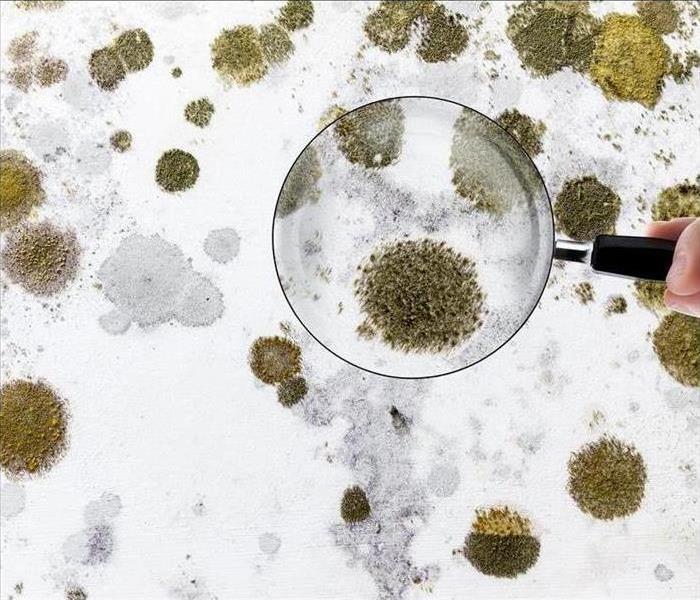What Homeowners Should Know About Secondary Damage
1/18/2019 (Permalink)
5 Steps To Protect Your Home From Secondary Damage.
When water damage occurs in your residence, quick action is critical. Even after the leak or flood that caused the initial destruction has ended, secondary damage, such as black mold, can still occur if the property is not effectively dried and treated. If your home in South Oceanside,CA , has sustained water damage, taking the following important steps can help you protect your home.
1. Extract the Water
Mold can grow in as little as 24 hours, so your home should be dried out as quickly as possible. Extract all standing water and make sure all surfaces are free of moisture. If the area is small, then a wet/dry vacuum may do the job, but more extensive water may require the use of professional-grade equipment.
2. Lower Humidity
High humidity can also encourage mold growth, so open the doors and windows, and run fans in each room. Dehumidifiers can be utilized to further decrease moisture and water vapor in the air.
3. Remove Wet Items
Porous materials, including carpets, rugs, insulation, furniture and upholstery, should be removed as quickly as possible to inhibit black mold from growing.
4. Sanitize and Disinfect
All exposed surfaces should be thoroughly cleaned with commercial-grade products and disinfectants to remove the dirt and bacteria that provide nutrients for mold.
5. Monitor the Area
After your home has been dried and cleaned, you will need to watch closely for any signs of mold. Obviously, visible mold can be easily identified as a problem, but mold can also grow in areas that can’t be easily seen. You should thoroughly check darker areas that are prone to dampness. Look out for any musty odors that may smell similar to mildew.
If you suspect you may have black mold in your home, or if you’re unsure how to effectively clean after water damage, contact a mold remediation specialist to resolve any problems and help you avoid costly secondary damage to your property.






 24/7 Emergency Service
24/7 Emergency Service
